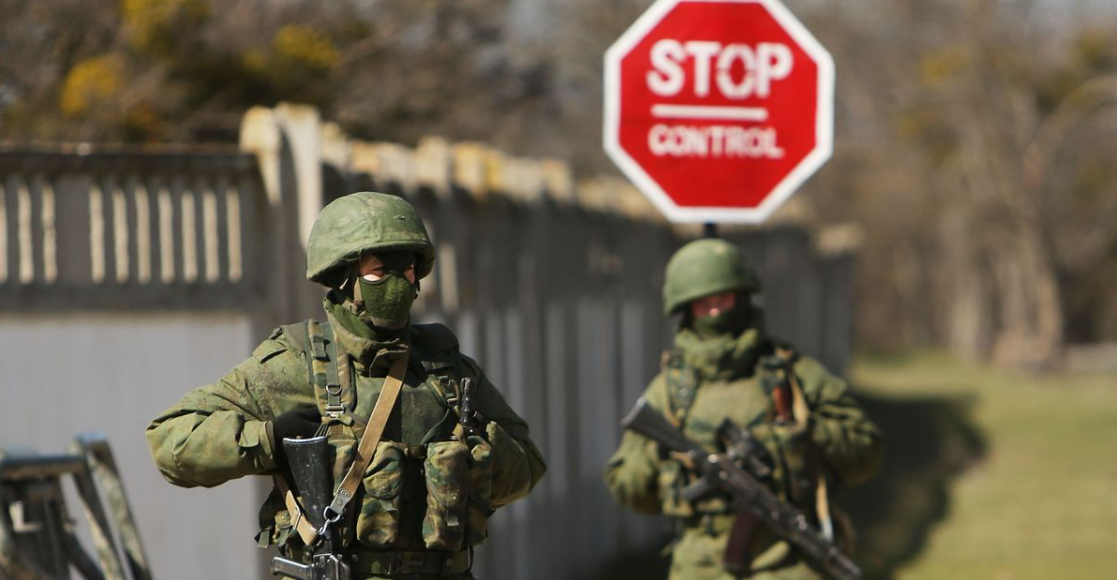Thu Feb 03, 2022
Thursday / February 3
War fears persist in Europe
As the situation on the Ukraine-Russia border continues to deteriorate, Western leaders are rushing to convince Putin to remain on a diplomatic course as he keeps asking for security guarantees.
British Prime Minister Johnson had a telephone conversation with Putin following his visit to Ukraine. French President Macron followed suit. German Chancellor Scholz told ZDF television "the situation is serious" and said he will visit the Kremlin soon.
The Pentagon will deploy some of its forces in Europe further east and send additional US troops to the continent.
US President Joe Biden will send 2,000 troops from the US to Poland and Germany. 1000 US troops currently in Europe, including these countries, will also be deployed to Romania, on the eastern flank of NATO.
Ukraine is surrounded by Russian forces from its eastern border with Russia, Russia-controlled Crimea to its southeast, Moscow-ally Belarus to the north, and to its southwest Moldova's Transnistria region, the separatist enclave where Russian forces are stationed.
According to the US, Russian forces ready to engage in an invasion exceed 100,000 and could increase by tens of thousands.
The Pentagon has previously placed 8,500 US troops on "high alert" personnel to deploy to Europe in case NATO mobilizes any intervention force.
If Russia continues to escalate, the United States will make adjustments to its force stance, White House press secretary Psaki said.
The Kremlin said the US moves in eastern Europe justify Russia's concerns.
Potential US-China conflict
According to the top Chinese foreign policy adviser, the risk of an accidental military confrontation between China and the United States remains high, despite efforts by both countries to de-escalate tensions.
Wang Jisi, head of Peking University's Institute for International and Strategic Studies, said in an interview with Shenzhen Satellite TV on Tuesday that he was neither optimistic nor pessimistic about US-China relations this year, but there was a risk of incidental conflict.
“I believe that we have a guarantee of peace. The leaders of both nations have repeatedly stressed in their conversations that they do not want a new cold war or a political war, or a hot war,” Wang said. “But there is a possibility of a misfire, for example, over the South China Sea and Taiwan. The two countries’ militaries, such as their planes and warships, are now very close to each other. It might break out into a bigger war if there was a mishap.”
“I don’t think there will be a large-scale war between the two countries,” Wang said. But he added that no one would have imagined the emergence of Covid-19 three years ago, and a war between the two nations could not be ruled out, he added according to SCMP.
“Something makes people lose their sense, and they get into a fight.”
Oil market
The energy producers OPEC+ decided to greenlight an additional 400,000 barrels per day output for March.
The action, widely anticipated by energy analysts, is a continuation of the group's strategy of gradually reopening the taps.
The energy alliance, led by Saudi Arabia, leader of the Organization of the Petroleum Exporting Countries (OPEC), and Russia, the leader of the group's allies, is in the process of easing its record supply cuts of nearly 10 million barrels per day. The historic production cut was put into effect in April 2020 to help the energy market recover after the coronavirus pandemic reduced demand for crude oil and lowered prices below $0.
OPEC+ is facing pressure from top consumers like the US and India to lower prices and aid the economic recovery. The group is resisting calls for faster increases despite higher oil prices.
New York-based JP Morgan said oil could hit $120 if geopolitical risks persist.
US economist Daniel Yergin, known for his work on oil history, told Bloomberg in an interview that a conflict in eastern Europe would push oil above $100.
US stocks
US stocks rose on Wednesday.
All three major indices closed in the green for the fourth consecutive session. The Dow Jones Industrial Average rose 224.09 points, or 0.6%, to 35629.33. The S&P500 added 42.84 points, or 0.9%, to 4589.38. The Nasdaq was up 71.54 points, or 0.50 percent, to close at 14,417.55.
